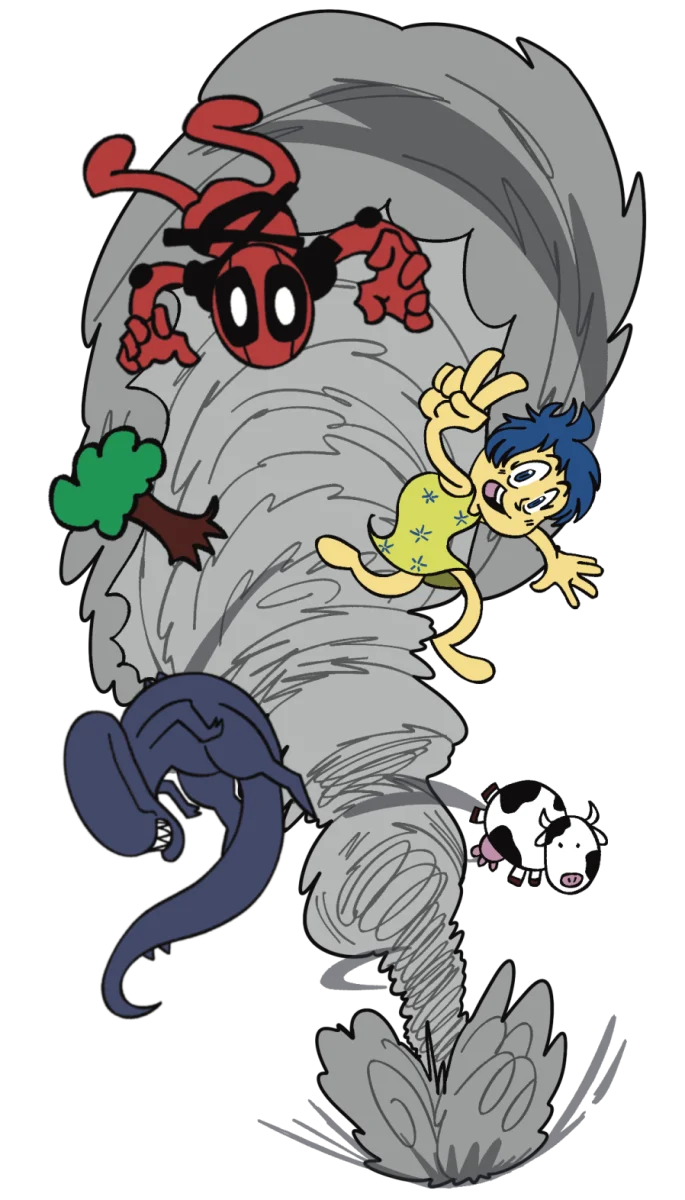Every day, 190 people die from an opioid overdose in the U.S., according to the Center for Disease Control and Prevention. In 2021, 9,813 people died from an overdose in Texas.
Jessica Evans, a nurse educator for Drew’s 27 Chains, an opioid overdose awareness group, attended the Overdose Prevention Naloxone Education Program on NE Campus to talk to students about what an opioid overdose is and how naloxone can stop one.
Drew’s 27 Chains was named after Drew Crow, who died from fentanyl poisoning in 2020 at the age of 27. The group was started by Callie, Drew’s mother, who is a paramedic. The group’s purpose is to inform people of the significance of opioid overdoses and how naloxone can save a person’s life.
An opioid overdose is caused when a person takes too many opiate drugs. All opiates are harmful. Opiates include heroin, fentanyl, morphine, oxycodone, hydrocodone, codeine, etc. Each person has a different tolerance level.
“Anyone that decides to take a pill, but they don’t know where it came from is at risk for an opioid overdose,” Evans said.
Many opioid overdoses occur when someone buys drugs from a street rather than a pharmacy. The issue with drugs from the street is that fentanyl could be laced in them. Fentanyl is an opioid painkiller and deadly — just a small amount can kill.
In 2023, a girl from Carrollton died from an overdose due to purchasing fentanyl laced oxycodone tablets from the street, according to the Drug Enforcement Administration. She was a student at Dewett Perry Middle School and only 13 years old.
One out of three Americans are actively using an opiate, whether it is a new prescription, whether it’s a chronic use or whether they have some type of pain management, according to the DEA and FDA. And seven out of 10 addicts started with pain and prescription pain management.
Every two out of five fake prescription pills seized by the DEA contain a potentially lethal dose of fentanyl. It is impossible to know how much fentanyl could be in a tablet. It could be just enough to send someone into an overdose.
“So, you know when you make a big thing of chocolate chip cookie dough?” said Evans. “Are you going to just be precise about where you put those chocolate chips? So, one cookie is going to have several more than this one over here, right? Same as fentanyl. So always think of the chocolate chip cookie effect. You are never going to know how much fentanyl is in that tablet.”
Symptoms of an opioid overdose are slurred speech, tiredness, confusion and slowed breathing. Eventually, the person may become nonresponsive and nonbreathing. Their eyes can roll up into their heads and their lips turn blue or purple, according to WEvans.























